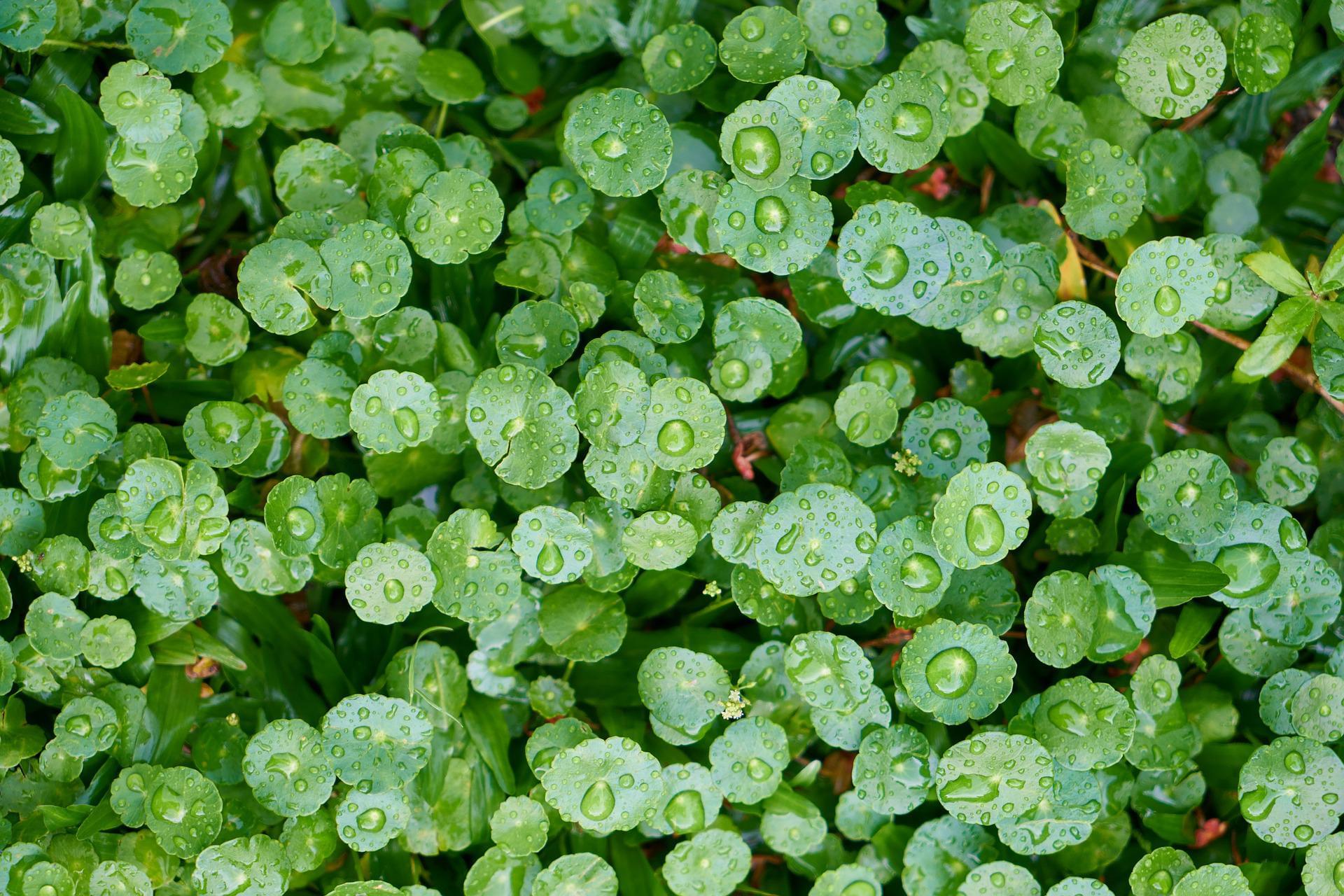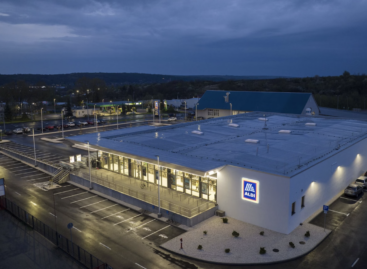Artificial photosynthesis could be the future of food
Through photosynthesis, plants convert water, carbon dioxide, and energy from sunlight into sugars that they use to grow biomass. This process has been the basis of the food chain for millions of years, yet it is surprisingly inefficient. In fact, only about one per cent of the energy found in sunlight actually ends up in the plant. Now, scientists at the University of California Riverside have found a way to improve on mother nature by bypassing biological photosynthesis entirely.

The artificial system converts sunlight into food far more efficiently than biological photosynthesis
Experiments have found that mushrooms, yeast, and green algae could all be grown in complete darkness using the electrolyser-derived acetate. Producing algae with acetate was four times more energy efficient that producing it through photosynthesis. Yeast does not photosynthesise and is normally cultivated using sugars from corn. Cultivating it with acetate, however, was 18 times more efficient.
The study published in the journal Nature Food suggests that artificial photosynthesis could help mitigate the effects of climate change on food production. It is possible that the technology could be used to create food forests that would be more resistant to drought, floods, and other extreme weather events. While artificial photosynthesis could help solve some of the problems caused by climate change, it will be important to address other issues if we are to truly mitigate the effects of climate change on food production.
The research team used a special type of electrolyser—a device that uses electricity to obtain useful molecules from raw materials—to convert carbon dioxide into a substance called acetate. Plants can directly consume this substance to grow, without the need for photosynthesis. The team used solar panels to generate power for the electrocatalysis.
The technology could be used to create ‘food factories’ that are entirely independent of sunlight. This would enable crops to be grown in locations where sunlight is scarce, such as underground or in space. The research is still in its early stages, but the potential applications of the technology are numerous.
Related news
Hungarian Innovation Association: around 500 applications received for the 35th National Science and Innovation Olympiad
🎧 Hallgasd a cikket: Lejátszás Szünet Folytatás Leállítás Nyelv: Auto…
Read more >These are the most beautiful brick buildings in the world – A tomb, a museum and a liquor factory are also competing in the BRICK AWARD 26 finals
🎧 Hallgasd a cikket: Lejátszás Szünet Folytatás Leállítás Nyelv: Auto…
Read more >The future of AI agents: key predictions and trends for 2026
🎧 Hallgasd a cikket: Lejátszás Szünet Folytatás Leállítás Nyelv: Auto…
Read more >More new products
Even though the price of cocoa has halved, chocolate will not become cheaper
🎧 Hallgasd a cikket: Lejátszás Szünet Folytatás Leállítás Nyelv: Auto…
Read more >Temu is crushing domestic webshops – Christmas won’t change either
🎧 Hallgasd a cikket: Lejátszás Szünet Folytatás Leállítás Nyelv: Auto…
Read more >The Hungarian Food Bank is putting together 44,000 food packages from the proceeds of ALDI’s first Advent market
🎧 Hallgasd a cikket: Lejátszás Szünet Folytatás Leállítás Nyelv: Auto…
Read more >






